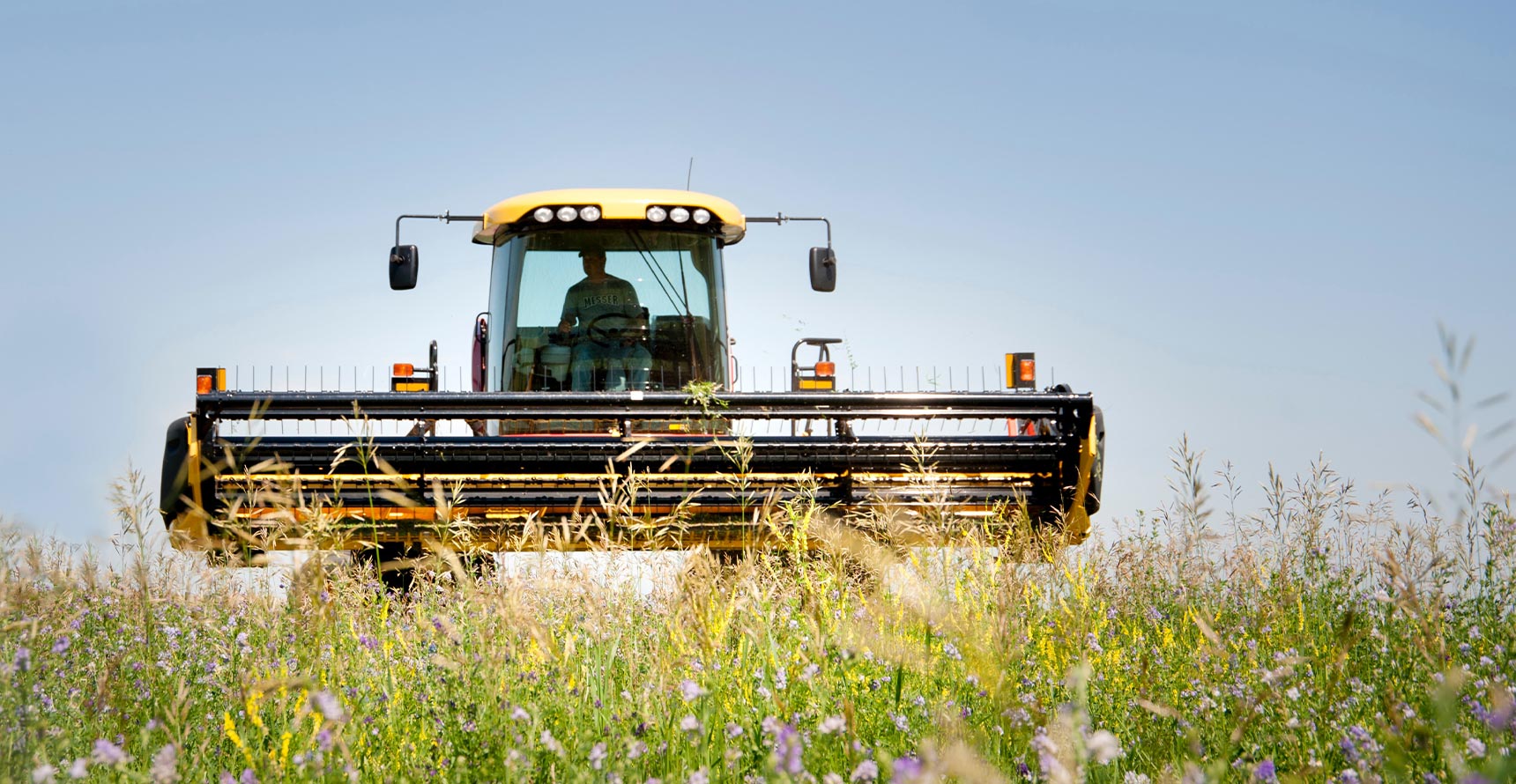The Politics of Foreign Land Acquisition

As communities across the United States struggle with unprecedented drought conditions, including a decades-long “megadrought” in the West, a Saudi Arabian company has been using Arizona groundwater to grow alfalfa for almost a decade—for free. Alfalfa is a popular, nutrient-rich feed crop for livestock but it’s so water-intensive that it’s illegal to grow in Saudi Arabia. So Almarai Co., a Saudi dairy multinational, decided to outsource its alfalfa production to the United States in 2015. The company leased land in rural La Paz County, AZ, where it grows alfalfa using Arizona groundwater and exports it back to Saudi Arabia to feed Almarai’s dairy cows. When the nature of the investment recently made headlines, many were shocked and angry—how could scarce groundwater be used to feed cattle 8,000 miles away?
This is but one example of foreign agricultural land investment. In the past two decades, roughly 90 million hectares of land—or 900,000 square kilometers, an area the size of Venezuela—has been sold or leased to foreign investors for agricultural production globally. Countries in sub-Saharan Africa, South America, and Southeast Asia have received the majority of these capital flows. Although foreign investment in agriculture is nothing new (think banana republics or the U.K.’s unsuccessful Tanganyika Groundnut Scheme), the modern trend is distinctive for several reasons. Flows began to skyrocket during the 2007–08 commodity price shock, as investors acquired large tracts of land—much larger than in the past—in order to produce staple crops or biofuels. The investors were a diverse group of multinational agribusinesses, speculative capital, and resource-insecure governments like China and Saudi Arabia. Some were simply trying to capitalize on the commodity bubble, but state-owned or affiliated enterprises were interested in land as a solution for domestic scarcity: they could grow food abroad and ship it back home for cheap. Although these capital flows have slowed since 2008, many investors remain interested in global farmland, and resource-motivated governments continue to see foreign farmland as a solution to domestic food production constraints.
Foreign capital is billed as economically beneficial for host country agriculture and many potential hosts try to attract investors by facilitating land purchases and promising tax exemptions and lax regulations. Especially for leaders in economically depressed countries, foreign capital is a much-needed opportunity to increase agricultural productivity, boost rural employment, or improve infrastructure (e.g., Cambodia’s economic land concessions or Sudan’s strategic partnerships with Kuwait and Qatar). Even politicians in industrialized democracies make efforts to attract these foreign capital flows, like when the Missouri State Legislature relaxed restrictions on foreign land investment so that a Chinese company could purchase American-owned pork producer Smithfield Foods in 2013.
But is foreign land investment really the win-win economic partnership it’s made out to be? Despite the potential gains in agricultural modernization, foreign agriculture projects have been widely criticized as exploitative—or even neocolonial—by affected locals, civil society, and international advocacy groups. These projects have been linked to land dispossession, food insecurity, environmental degradation, natural resource depletion, and even violence against civilians perpetrated by investors or the state. Domestic backlash against land deals has led to political unrest, especially in poor countries like Mozambique and Madagascar, where much-needed land is diverted from domestic uses to cultivate crops that go to feed foreign citizens (or cows, like in the case of Almarai Co.). In developing countries, more than 60 percent of crops grown by foreign entities are intended for export to the investing country.
These “extractive” land acquisitions can have major economic and political consequences for citizens and leaders. Economically, the promised jobs and agricultural productivity increases often fail to materialize. At the same time, many rural residents, who often lack formal property rights, are displaced and lose access to their means of subsistence. In countries where fertile soil and water are in short supply, the implications of foreign farmland acquisition can be devastating—and expensive. Between 2007 and 2011, the World Food Programme spent $116 million providing food aid to Ethiopians, even as Saudi Arabia celebrated its $100 million investment in grain cultivation in Ethiopia. Similarly, in Sierra Leone and Cambodia, foreign land acquisitions have been blamed for heightened food insecurity and poverty. And in the southwest United States and Ethiopia, foreign land investments have put additional strain on scarce water supplies. Politically, resource scarcity and poverty can spell trouble for domestic leaders. In Madagascar, a massive South Korean land acquisition led to the violent political overthrow of the incumbent government.
Although a handful of governments have moved to limit investment, most countries are still relatively open to foreign agricultural capital, and regulatory efforts are often piecemeal. Moreover, very few states, including the U.S., rigorously track these projects and their effects. As such, very few studies (academic or otherwise) have explored the consequences of foreign land investment systematically. Yet the battle lines are clear: powerful multinational firms and wealthy investor states versus some of the world’s poorest and most vulnerable people.
Leaders around the world must begin to take foreign land investment more seriously, not only because acquisitions tend to exacerbate deep societal inequities, but in order to safeguard precious resources. Climate change mitigation efforts depend on conserving resources and curbing emissions from industrial agriculture, but it will be difficult for states to do so when huge chunks of their farmland are controlled by unregulated foreign entities—especially if their economies depend on these capital flows.
How, then, can the social and security risks of foreign land investments be minimized? At a minimum, the international community should track foreign acquisitions. International actors should also work with host governments to monitor the sustainability of investments and enforce regulations. Without data, tracking and forecasting the environmental and socioeconomic effects is impossible. And without proper regulation, foreign agricultural projects will continue to drain resources and threaten state stability. Domestic and international leaders must address foreign land investments comprehensively, or risk exacerbating serious security challenges which will only grow more urgent in the decades to come.
![]() RACHEL SKILLMAN is a political science Ph.D. candidate at the University of California, San Diego and a 2022–23 IGCC Dissertation Fellow. She studies the politics of foreign land investment (FLI), and how cross-border capital flows in the agricultural sector transform land use and rural ways of life.
RACHEL SKILLMAN is a political science Ph.D. candidate at the University of California, San Diego and a 2022–23 IGCC Dissertation Fellow. She studies the politics of foreign land investment (FLI), and how cross-border capital flows in the agricultural sector transform land use and rural ways of life.

Global Policy At A Glance
Global Policy At A Glance is IGCC’s blog, which brings research from our network of scholars to engaged audiences outside of academia.
Read More